Beyond extractions: Setting them up for success
After addressing hopeless teeth, I focus on aggressive prevention. Periodontal therapy is enhanced. Beyond standard scaling and root planing, I consider laser therapy and local antibiotics placed in the pockets. The goal is to reduce maximum bacterial load before the immune system is compromised. Laser irradiation has numerous favourable characteristics, such as ablation, haemostasis, photo-biomodulation, and microbial inhibition and destruction, all of which induce various beneficial therapeutic effects and biological responses. The use of lasers is considered effective and suitable for treating a variety of inflammatory and infectious oral conditions.13
I evaluate existing dentures carefully. Ill-fitting prostheses become torture devices during mucositis. Better to reline or remake them now than have patients suffer for months. I spend time educating patients because they need to understand what is coming and why these preventive steps matter. All root canal treatments are done prior to any cancer treatment, because I want to reduce the risk of exacerbation.
Managing mucositis and xerostomia
Mucositis and xerostomia are anticipated. The National Cancer Institute recommends that fluoride gel products, consisting of 1.1% sodium fluoride or 0.4% stannous fluoride, be used once daily for 2–3 minutes.14 Mouthwashes such as 0.9% saline, a sodium bicarbonate solution or a mixture of the two can be used every 2–4 hours to alleviate mouth discomfort.14 Patients should be educated to avoid commercial mouthwashes that contain alcohol, which may further irritate and dry the oral mucosa. In recent years, calcium phosphate-based remineralisation products have shown promising results for the non-invasive management of early carious lesions.15–17 It has been demonstrated that the application of products containing casein phosphopeptide-amorphous calcium phosphate could lead to a suppression of demineralisation and enhancement of remineralisation, or most likely, a combination of both could occur.15 I personally use a topical cream with bioavailable calcium and phosphate. It is effective for treating lesions and demineralisation, which is common in patients undergoing chemotherapy and radiation.
Building bridges with oncology
Here is what I have learned: the barriers to optimal care are not primarily clinical. They are systemic. Many oncologists do not fully appreciate oral complications. Many patients do not realise that dental clearance matters. Furthermore, many dentists frankly do not feel confident managing medically complex patients.
We need to change this, and it starts with outreach. I reached out to every oncology practice in my area and introduced myself as a resource. I provided template letters that they could give to patients explaining why dental clearance matters. I blocked specific time slots for urgent cancer patient evaluations. These relationships matter. When oncologists know they can call me directly, when they trust that I will see their patients quickly, when I communicate clearly about treatment plans, everything improves.
I also educated my staff. Everyone needs to understand the urgency when a cancer patient calls. No seeing the patient in three weeks; these patients need priority.
Immediate steps for dentists
Let me provide some specific, actionable steps:
- Reach out to local oncology practices by email or phone. Introduce yourself as a dental resource for their cancer patients. Offer to give an informal session to help them learn about oral complications.
- Create template letters that oncologists can give to patients. Make it easy for them to refer. Include your direct contact information.
- Block time slots for urgent cancer evaluations. Make it a policy.
- Review clinical fluoride protocols. Does the clinic have custom tray fabrication set up? Is the clinic prescribing high-concentration fluoride for cancer patients?
- Stock the products that help: high-concentration fluoride, remineralising pastes, saliva substitutes. Know what is available so that the best recommendations can be made.
- Document cancer patient encounters thoroughly. These patients are medically complex. Document pretreatment discussions, extraction rationale and coordination with oncology.
- Join or create a local multidisciplinary cancer care network. These exist in many communities and provide invaluable cross-specialty education.
The bottom line
I will be direct: we can do better for cancer patients. The interventions I have described are not exotic or beyond our scope. They do not require specialised training or expensive equipment. What they require is awareness, proactive protocols and the willingness to pick up the phone.



 Austria / Österreich
Austria / Österreich
 Bosnia and Herzegovina / Босна и Херцеговина
Bosnia and Herzegovina / Босна и Херцеговина
 Bulgaria / България
Bulgaria / България
 Croatia / Hrvatska
Croatia / Hrvatska
 Czech Republic & Slovakia / Česká republika & Slovensko
Czech Republic & Slovakia / Česká republika & Slovensko
 France / France
France / France
 Germany / Deutschland
Germany / Deutschland
 Greece / ΕΛΛΑΔΑ
Greece / ΕΛΛΑΔΑ
 Hungary / Hungary
Hungary / Hungary
 Italy / Italia
Italy / Italia
 Netherlands / Nederland
Netherlands / Nederland
 Nordic / Nordic
Nordic / Nordic
 Poland / Polska
Poland / Polska
 Portugal / Portugal
Portugal / Portugal
 Romania & Moldova / România & Moldova
Romania & Moldova / România & Moldova
 Slovenia / Slovenija
Slovenia / Slovenija
 Serbia & Montenegro / Србија и Црна Гора
Serbia & Montenegro / Србија и Црна Гора
 Spain / España
Spain / España
 Switzerland / Schweiz
Switzerland / Schweiz
 Turkey / Türkiye
Turkey / Türkiye
 UK & Ireland / UK & Ireland
UK & Ireland / UK & Ireland
 International / International
International / International
 Brazil / Brasil
Brazil / Brasil
 Canada / Canada
Canada / Canada
 Latin America / Latinoamérica
Latin America / Latinoamérica
 China / 中国
China / 中国
 India / भारत गणराज्य
India / भारत गणराज्य
 Pakistan / Pākistān
Pakistan / Pākistān
 Vietnam / Việt Nam
Vietnam / Việt Nam
 ASEAN / ASEAN
ASEAN / ASEAN
 Israel / מְדִינַת יִשְׂרָאֵל
Israel / מְדִינַת יִשְׂרָאֵל
 Algeria, Morocco & Tunisia / الجزائر والمغرب وتونس
Algeria, Morocco & Tunisia / الجزائر والمغرب وتونس
 Middle East / Middle East
Middle East / Middle East














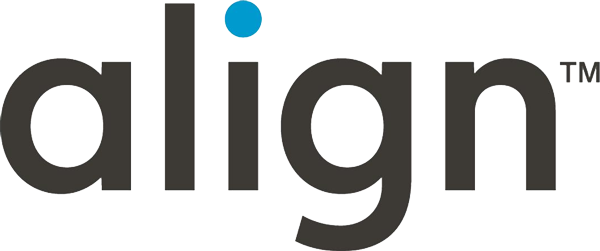












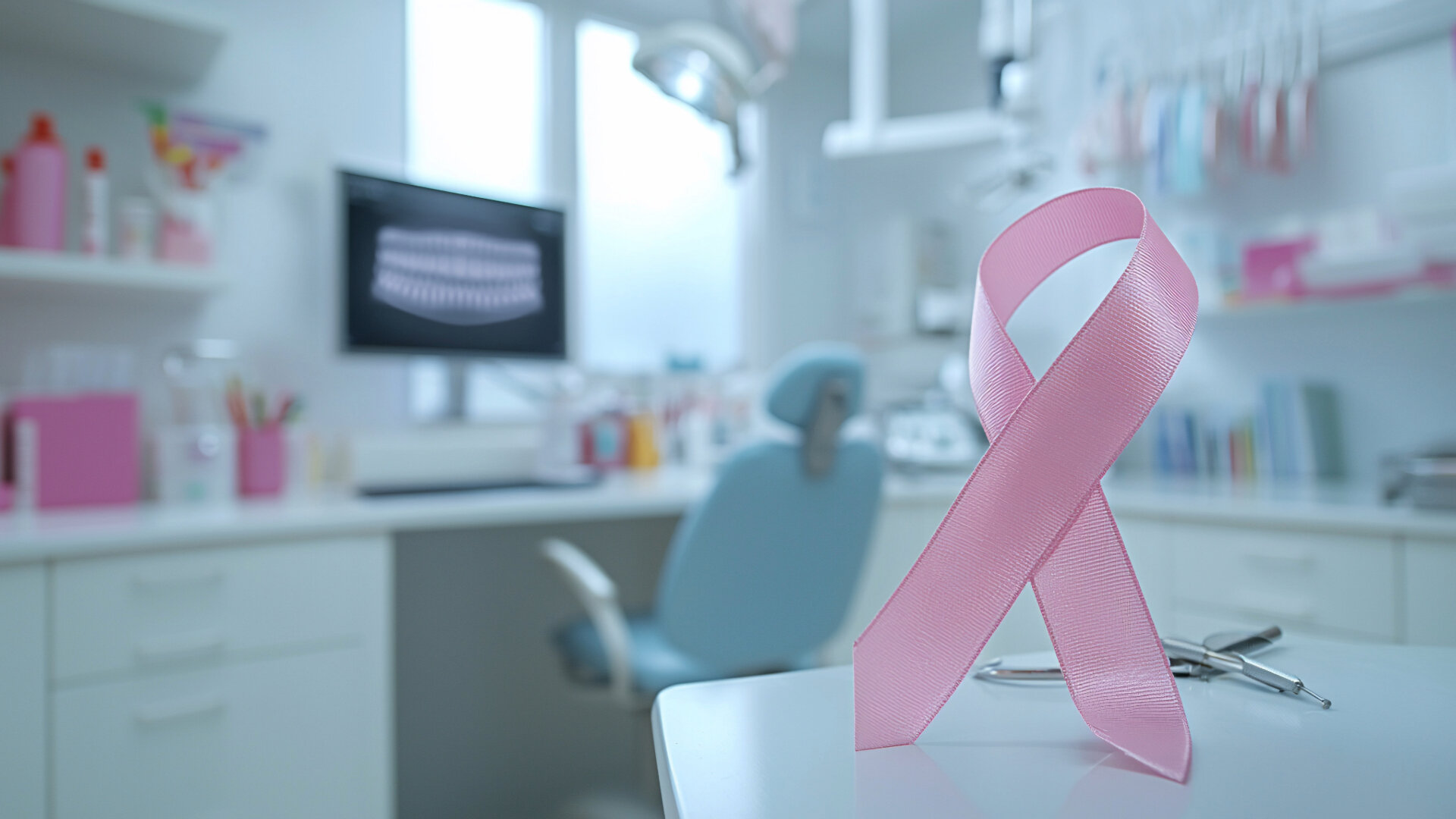

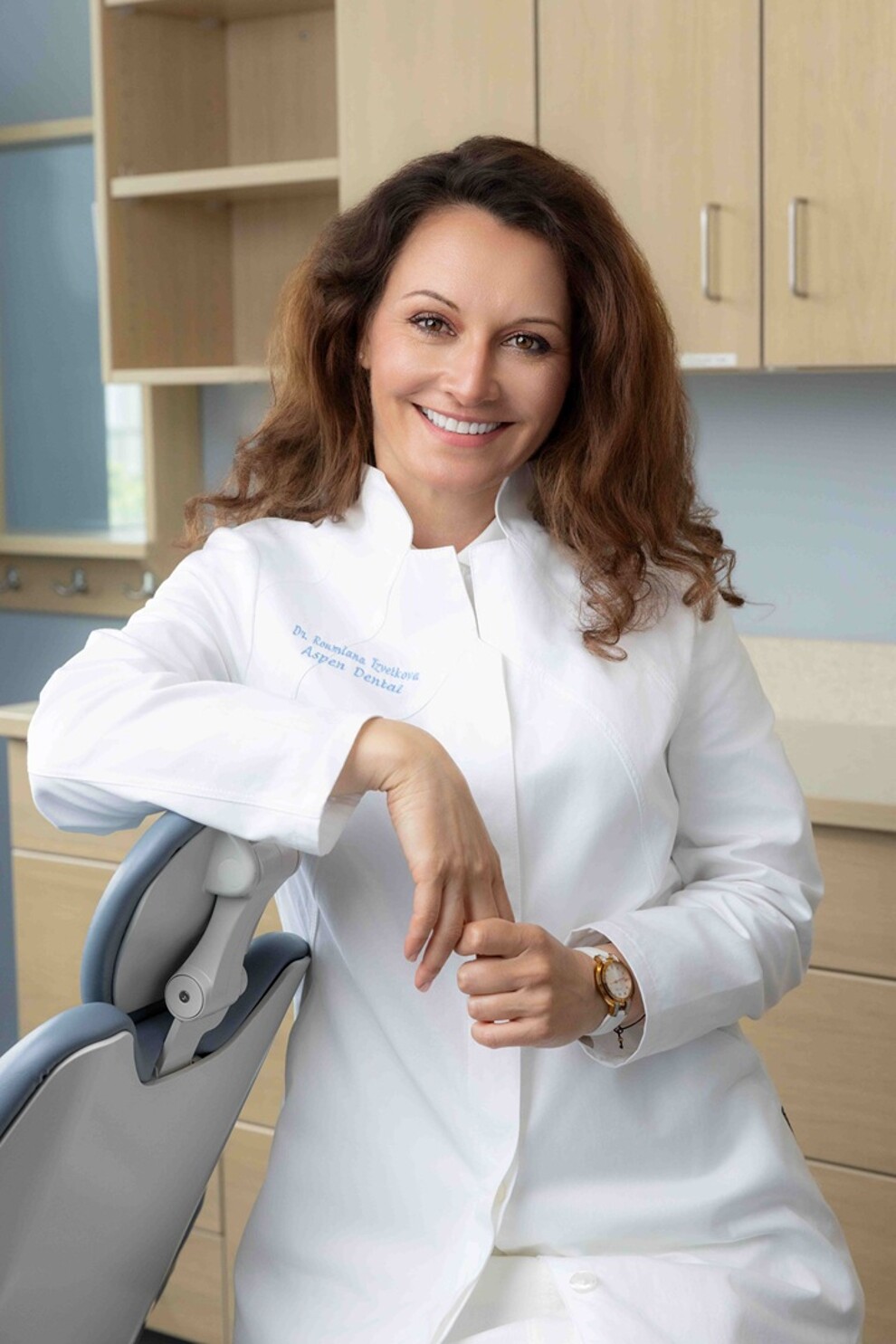

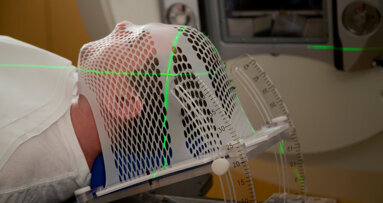
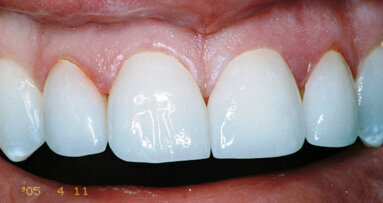

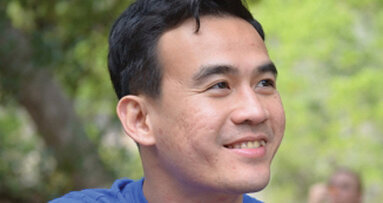




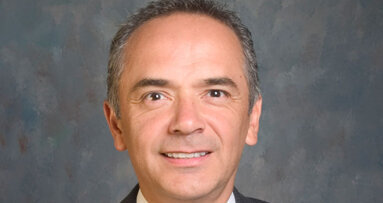














To post a reply please login or register